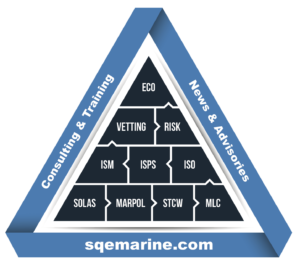Shipping is an industry full of corrective and reactive actions and measures but it is still far from proactive approach on important issues as safety and security. In most cases each action is in fact a reaction to an incident or a major accident. Most Companies are focused on measuring KPIs for accidents / incidents and any other system failure or gap. The concept of a resilient approach is the focus on system’s efficient performance rather that system’s failure.
What is Resilience?
Humans are characterized by the ability to absorb changes and different approaches and situations, which change the current state of their emotional, physical or working environment. As a definition, resilience is the ability of a system to adjust its functioning prior to, during, or following changes and disturbances, so that it can sustain required operations under both expected and unexpected conditions.
Why the development of a resilient approach is important for a Company?
The resilient approach of a system is built on the following cycle of actions:
- Learn from previous experience (focus on accidents / lessons learned / best practices)
- Respond to actual (regular and irregular conditions) in an effective, flexible manner
- Monitor short-term developments and threats
- Anticipate long-term threats and opportunities
A system based on above cycle provides development opportunities, by achieving experience through Knowing what has happened, Knowing what to do being capable of doing it, Knowing what to look for and Imagining what to expect.
The benefit of a resilience management is to increase the number of things that go right among Company’s activities and not just to mark what went wrong.
Actions required
Ship managers should revise their approach to safety issues and encourage employees (ashore and on board) for better safety performance through the development of human strengths and behaviors. Items to be focused on are:
- Clear expectations towards employee safety behavior
- Definition of level of Competency to be achieved
- Safety Leadership
- Feedback on Safety Behavior & Performance
A Resilience training program should be established in order to drive Company’s personnel beyond typical safety margins and create an effective and profitable (for all stakeholders) culture on safety issues. Training sessions and lectures (supported by relevant exercises and practice examples) should be used to enhance the resilient approach of the Company.
See also our related product



